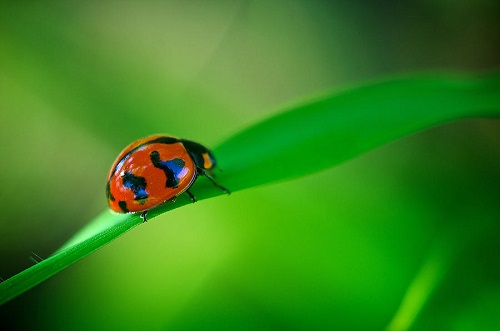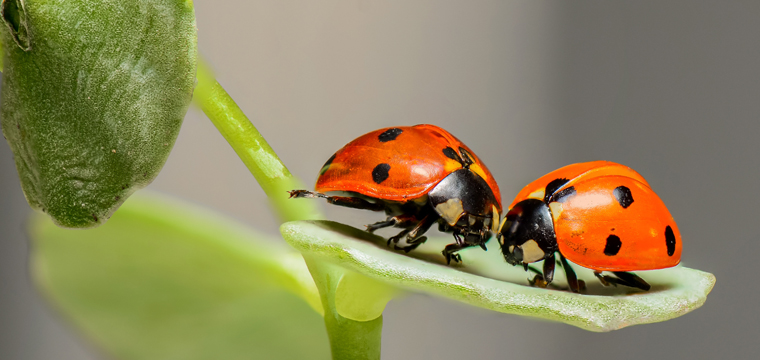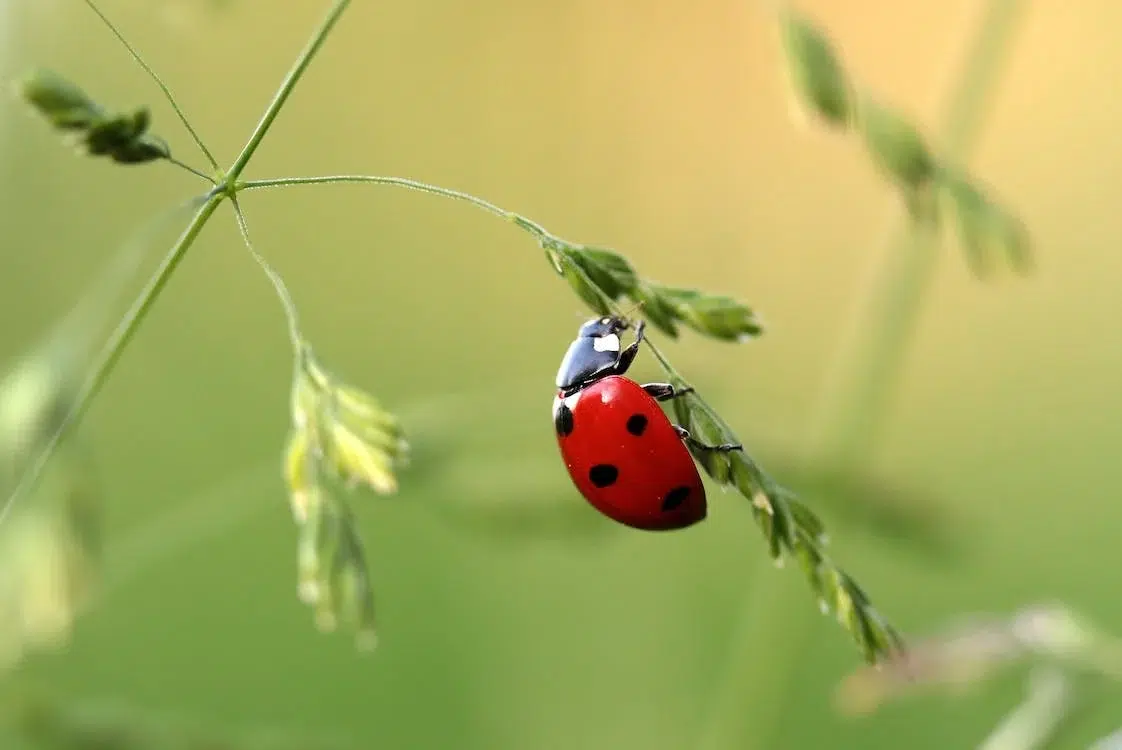Ladybug: Nature’s Tiny Wonder

In the world of insects, there is one small creature that captures the imagination of both children and adults alike – the ladybug. With its vibrant red and black spotted wings, the ladybug is instantly recognizable and universally adored. But there is more to this tiny wonder than meets the eye.

Ladybugs, also known as ladybirds or lady beetles, belong to the family Coccinellidae. There are thousands of species of ladybugs worldwide, with varying colors and patterns. While the most common ladybug is red with black spots, some species can be yellow, orange, or even black with red spots.

Apart from their appealing appearance, ladybugs are highly beneficial insects. They are voracious predators, particularly in their larval stage. Ladybug larvae have a strong appetite for aphids, which are small insects that feed on plants and can cause significant damage to crops. A single ladybug larva can consume hundreds of aphids in a day, making them a natural form of pest control in gardens and agricultural fields.

Ladybugs are also valuable to farmers because they help in the pollination process. While they are not as efficient as bees, ladybugs still play a role in transferring pollen from one flower to another, aiding in plant reproduction. Their presence in gardens and farms can contribute to increased yields and healthier plants.

Another fascinating aspect of ladybugs is their ability to hibernate. As winter approaches, ladybugs seek shelter in various places such as leaf litter, tree bark, or inside buildings. They gather in large groups to conserve heat and protect themselves from the cold. It is not uncommon to find clusters of ladybugs huddled together during the colder months, waiting for the arrival of spring.

Ladybugs have also captured the attention of cultural and artistic communities. They are often seen as symbols of good luck and protection in many cultures around the world. In some traditions, spotting a ladybug is believed to bring blessings or a sign of impending good fortune. Their charming appearance has inspired artists, writers, and even fashion designers, who incorporate ladybug motifs into their creations.

In recent years, scientists have been studying ladybugs to better understand their behavior and biology. Their findings have revealed even more intriguing facts about these small insects. For instance, ladybugs can emit a yellowish fluid from their joints when threatened, which contains toxins to deter predators. This defense mechanism is known as “reflex bleeding” and acts as a warning signal to potential threats.



